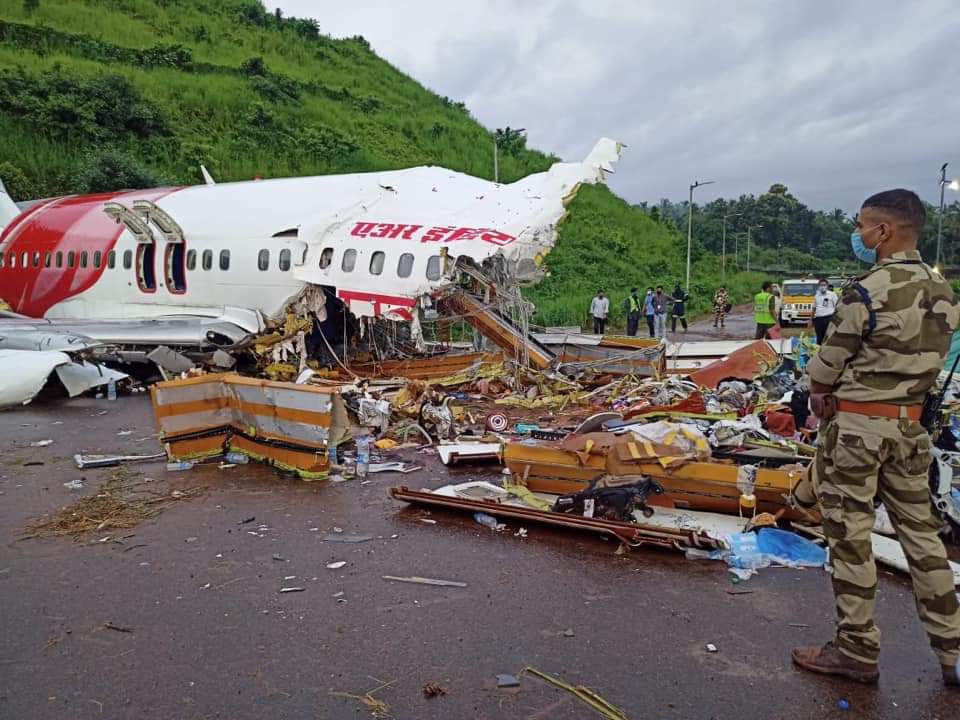Patna, Sep 9: It would be difficult for the government to offer any relaxation to Rohingya Muslims, who have fled Myanmar, Union Minority Affairs Minister Mukhtar Abbas Naqvi said here today.
The matter is pending before the Supreme Court and the government is also looking into it, Naqvi said at the Parliamentarian Conclave here.
"But I do not think we will be able to give any relaxation to them (Rohingya Muslims) when their nation has refused to keep them," he said.
The Supreme Court had on September 4 sought the view of the government on a petition challenging its decision to deport illegal Rohingya Muslim immigrants back to Myanmar. The matter has been posted for September 11.
Union minister Kiren Rijiju had on Tuesday said the Rohingya people are illegal immigrants and stand to be deported.
Violent attacks allegedly by Myanmarese armymen have led to an exodus of Rohingya tribals from the western Rakhine state in that country to India and Bangladesh.
Many of them, who had fled to India after a spate of violence earlier, have settled in Jammu, Hyderabad, Haryana, Uttar Pradesh, Delhi-NCR and Rajasthan.
On the Uniform Civil Code, Naqvi said the government believes in moving ahead on the issue after evolving a consensus.
The Constitution has clearly stated that the State should evolve a consensus for the implementation of the UCC, he said, adding that the Law Commission had also sought the opinion of various stakeholders on the issue.
The minister said the appeasement policy had hijacked the empowerment of minorities in the last several decades and that the Centre had adopted the policy of "empowerment without appeasement".
This has ensured socio-economic-educational empowerment of poor sections of minority communities in the last three years, Naqvi said.
Providing basic amenities in minority concentrated areas has been the governments priority in the last three years, he said.






Comments
Indian government will do something for Muslims..?, is it a Joke..? And Mr. Naqvi you are a tattoo of BJP/RSS, have you ever supported Muslims of your country before..? if you have little common sence you hve to support your brothers, Beware very soon you will pay for it.
well said naqvi. Bjp is pleased with you. Anyways rohingya no need to expect much from indian bjp govt as minorities citizens are already suffering in india.
Add new comment